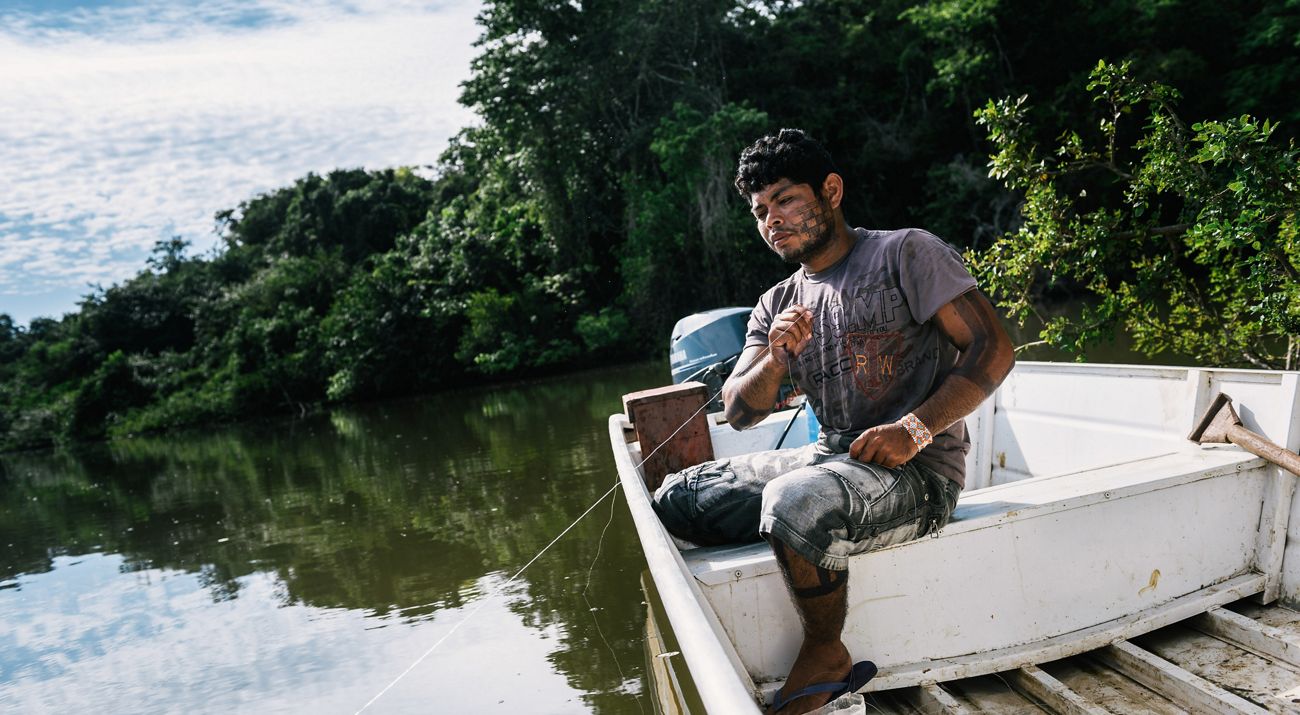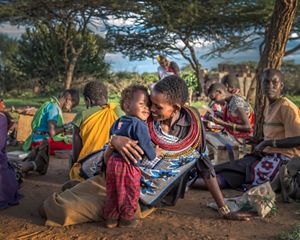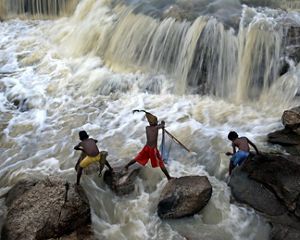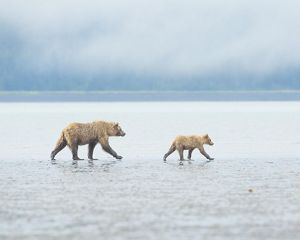Indigenous Peoples Face Old and New Challenges in COVID-19
The health impacts to traditional communities in the Amazon are also impacting nature.
By Helcio Marcelo de Souza, Indigenous Peoples Strategy Manager, TNC Brazil
As the COVID-19 pandemic continues, it’s become clear the virus impacts are not spread proportionately. A report by the Osvaldo Cruz Foundation (Fiocruz) and the Getúlio Vargas Foundation (FGV) found that 34.1 percent of Brazil's Indigenous and traditional communities live in municipalities at high risk for the COVID-19 epidemic.
According to information provided by the Coordination of Indigenous Organizations of the Brazilian Amazon (COIAB), for Indigenous people alone, as of June 29, there had been 6,482 infections and 337 deaths, spread across at least 91 Indigenous communities in the nine states of Brazil’s Legal Amazon. Among Quilombola communities—the Afro-Brazilian descendants of former runaway slaves—there have been 826 identified cases and 86 deaths since June 22, according to the National Coordination of Articulating Rural Black Quilombola Communities (CONAQ).
These disparate impacts represent both a human rights tragedy and a serious threat to the environment. Indigenous peoples play a strategic role in combating climate change and protecting biodiversity in the Amazon. Based on deforestation data in the region, it is clear that Indigenous lands are the best preserved areas of the biome. According to data from the National Institute for Space Research (INPE), the 23 percent of the Amazon territory formed by Indigenous lands has the lowest deforestation rate of any land tenure category in the region, with an average of just 1 percent.
Quote
In addition to serious consequences for community health, COVID-19 could have a major impact on the conservation and protection of Indigenous territories.
In recent years, deforestation has increased again in the Amazon, including in Indigenous territories. In 2019, over 42,000 hectares were deforested within Indigenous lands. Although this represents only 5 percent of the total recorded deforestation during this period, it is a sign of increased pressure from illegal activities such as mining and logging, which threaten Indigenous communities, their cultures and the biodiversity they protect.
In a moment of crisis such as the COVID-19 pandemic, Indigenous populations are even more vulnerable in the face of these incursions, since outsiders have historically been a major vector of disease transmission. Meanwhile, travel restrictions exacerbate impacts to food security and the economy of many communities.
And with decreased support for surveillance, Indigenous lands and protected areas are at even greater risk than usual. All this in turn can endanger the socio-biodiversity of their territories.


For this reason, The Nature Conservancy (TNC) is working to support Indigenous communities in the Amazon in protecting forests and socio-biodiversity on their lands throughout the pandemic. We are particularly focused on strengthening environmental management and territorial development as well as supporting local organizations. This objective entails three main actions:
- Reinforcing territorial protection and surveillance actions specified in Territorial and Environmental Management Plans (PGTAs), as well as any development partnerships with Indigenous peoples and communities, thus ensuring their health and that of the habitats on which they rely.
- Promoting food security and maintaining the value chains of Indigenous and traditional socio-biodiversity products in order to reduce the socioeconomic impact of the COVID-19 crisis on communities and their organizations.
- Strengthening the organizational and communication capacity of Indigenous organizations and local and regional communities so they are able to exert greater influence on environmental management and defend their rights.
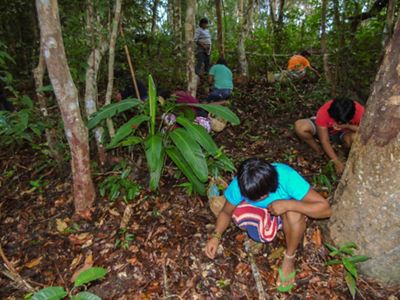
We know that there is a clear link between environmental conservation and the well-being of local stewards. A threat to their fundamental rights directly impacts not only the immediate surroundings, but the interconnected systems that we all need to survive. Especially at a time like this it is essential that all societies and governments prioritize the well-being and health of these communities—for their sake and that of the entire planet.
Our global insights, straight to your inbox
Get our latest research, insights and solutions to today’s sustainability challenges.
Sign UpGlobal Insights
Check out our latest thinking and real-world solutions to some of the most complex challenges facing people and the planet today.
